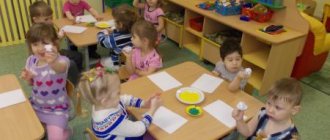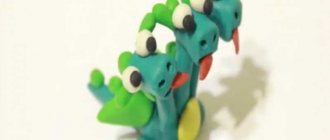05.06.2015
In order to introduce your child to time, we suggest you start with the fairy tale “Time and the Baby.”
Time and baby vrem-ya-i-malysh.zip
Read the most interesting book “Time and the Baby”, you will definitely learn something new for yourself.
| Category: | Education |
| Date of: | 04.06.2015 |
Visual aid “Day”
Uvarova Olga Nikolaevna,
MAOU Tobolovskaya Secondary School
branch of Karasul kindergarten.
An important point in the development of elementary mathematical concepts of preschoolers is the formation of ideas about time. It is important to use everyday life situations and didactic games to form mathematical concepts. In order for children to better assimilate the material, a visual aid “Day” was made, which was used in joint activities with children.
The purpose of using this model - to introduce children to the continuity and fluidity of time - is important for the formation of the personality of a preschooler.
Layout manual “Days of the week. Times of Day"
Elena Shcherbakova
Layout manual “Days of the week. Times of Day"
Manual - layout “Days of the week/Time of day”
Hello dear colleagues and all those who have visited my page!
I bring to your attention a manual - a layout “Days of the week / Time of day” , which I made myself.
For this I used the following material : a candy box, self-adhesive multi-colored paper, cardboard, printed the days of the week on a sheet, a bolt and nuts.
The purpose of this didactic manual “Days of the Week” : the formation of time concepts in preschoolers.
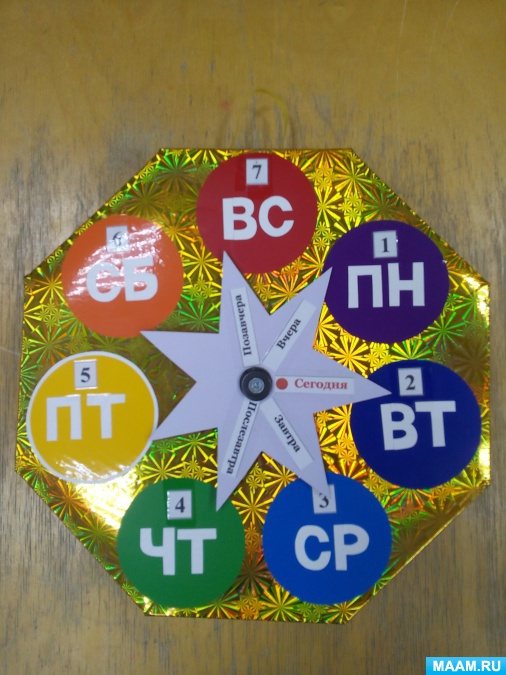
1. Introduce children to the concept of “week”, “days of the week”, “today”, “tomorrow”, “the day after tomorrow”, “yesterday”, “the day before yesterday”.
2. To form in preschoolers ideas about the sequence of days of the week.
3. Enrich children's vocabulary on this topic.
“Time of Day” manual will help preschoolers better understand the sequence of parts of the day. Develops speech. With the help of this manual, children also reinforce the actions that I perform at certain times of the day.

Didactic game on Velcro “Days of the week. Seasons" When my child was younger, we began to teach the days of the week and the seasons. It didn't work out very well. And there was no material for training. When did it become.
Summary of OOD in the preparatory group “Journey to the Land of Knowledge.” Seasons. Parts of the day. Days of the week Summary of organized educational activities in the preparatory group “Journey to the Land of Knowledge”
(open viewing.
Summary of the integrated GCD in the preparatory group “Travel with Magic Nuts.” Check. Days of the week, parts of the day Summary of educational activities for cognitive development in the preparatory group “Travel with Magic Nuts” Educational area: “Cognitive.
Notebook on cognitive development “Notebook in a cage. Neighbors numbers. Days of the week" Educational area - cognition Integrated educational areas - speech development, physical development Materials and equipment.
Summary of a lesson on mathematical development “Days of the week” in the preparatory group Purpose: To consolidate knowledge about the days of the week, remember their names. Give the concept - 7 days are parts of a week. Continue learning to navigate.
The first basics of studying time
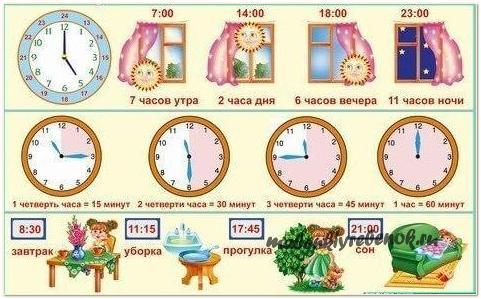
How to teach a preschooler to understand a clock?
Abstract thinking appears only at school age; before that, children cannot adequately perceive it, so if something doesn’t work out, don’t be upset. You need to start with the most extensive and simple concept - an explanation of the seasons, seasonality. By the way, you can read about it here. Next, you need to move on to studying the months and days of the week.
But, first things first. First, you need to explain the main properties of time:
- the time in a day is repeated in a circle (for clarity, there is a round dial),
- Time is fleeting and nothing can be returned back.
There seem to be two such serious oppositions, but nevertheless, this needs to be explained. Take an electronic watch and a simple mechanical one.
The round dial is a symbol of repetition in a circle (it is morning now and tomorrow will be morning and yesterday began in the morning).
And the numbers replacing each other on an electronic clock symbolize time “escaping into eternity.” This can even be demonstrated by an hourglass.
Is the child already 2-3 years old?
Start by discussing his age. Now you are 2 years old, in a year you will be 3, and in two years you will be 5... and when your brother goes to school, you will be 6 years old. The child should have some guidelines from which he will build. Or in a slightly different direction: a year ago you knew how to do this, now you can do “this”..., and in a year you will be able to do something else.
A second, no a minute
To make it easier for the baby to navigate such complex concepts as hour and minute with seconds. For each explanation, you need to come up with an action that will coincide in duration with the interval being explained. For example, stamping your foot takes a second, walking from a room to some object takes a minute, but walking from home to kindergarten (if it’s far away) takes an hour.
Don’t rush to explain what the arrow means in this or that place, it doesn’t matter now, teach a small child to perform all the actions sequentially in time. First - breakfast, then - a game, then - a walk, etc. And break each of these events into points and emphasize it to the child. Breakfast: we sit at the table - take a spoon - eat porridge - drink milk - wash, etc. The same with the rest of the “large” actions, we break everything up. Be sure to indicate: in the morning we will have breakfast, in the afternoon we will sleep and go for a walk, and in the evening dad will come home from work and we will have dinner. This way you will instill in your child the simplest temporal concepts: what happens during the day and that tomorrow everything will happen again. Those. within one day nothing repeats itself, and tomorrow everything starts anew.
Be sure to accompany your actions with words.
Future First we'll eat, then we'll take a walk. First we'll play dominoes, then a puzzle, etc.
The present
Now let's go eat and then go for a walk. Now we are playing dominoes, and then we will put together a puzzle.
Past
First we ate, and then we walked. First we played dominoes, and then we put together a puzzle.
Show didactic pictures that help understand the sequence of actions taking place. Describe what is depicted there, ask the child to talk about the image.
making a training dial
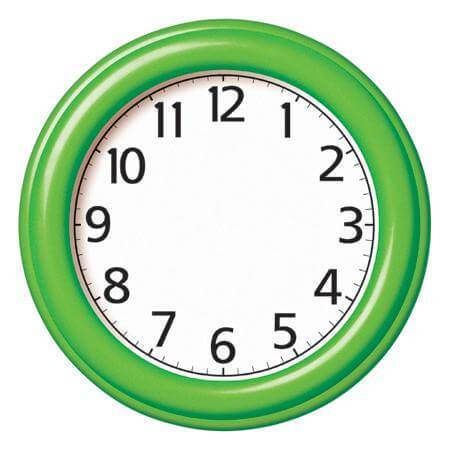
Make a homemade dial, with the help of which your child will learn to understand how the hands move, what numbers are present and what it all means. This certainly helps to develop from a mathematical point of view. The child develops a concept of numbers and may even learn to count. For older children, it will be easy to learn adding numbers. Let's get down to business, print out the dial, let the child decorate it, he also wants to be a full-fledged participant in the creative process. Cut in a circle; if the child confidently wields scissors, trust him to do this; no, protect him from this. Cut out arrows from thick cardboard: small and large. If you have hands from an old clock, that’s great. Make a hole in the center of the dial. It’s not bad if the dial is glued to cardboard, it will be much more durable. Screw the hands to the dial using a bolt and nut. It turns out to be a very convenient guide.

Where to begin?
1. Explain the meaning of the short and long arrows. 2. Start with the clockwise hand (you can remove the long one for now, so as not to confuse you): what number it is on and how much it shows.
Well, we wanted to correlate this time with the action taking place in the baby’s life (7 am – the child gets up, 8 am – comes to kindergarten, etc.). 3.
Didactic manual “Studying the parts of the day”
Feruza Popova
Didactic manual “Studying the parts of the day”
My kids and I recently started getting acquainted with the parts of the day . In order to make this more interesting for us, I made a visual aid for the “day - night” carpet printer. The purpose of this manual is to teach the difference between the concepts of “morning and evening”
,
“day-night”
, connecting them with what children do in the morning, afternoon, evening, and night.
The material represents the daytime sky and the night sky
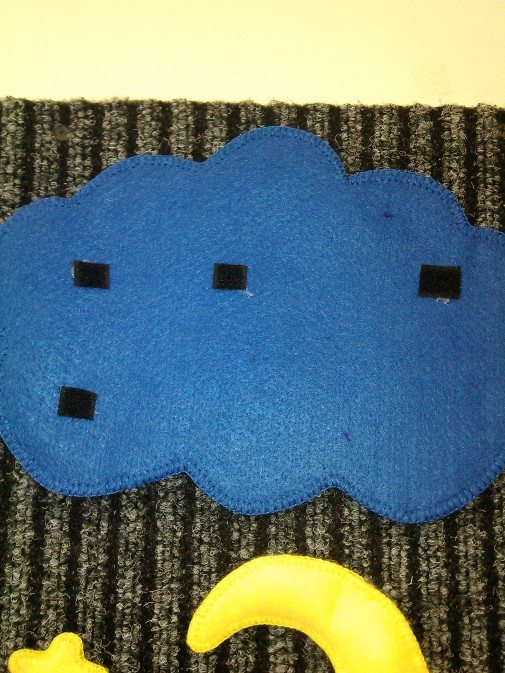
The sun has been prepared for the daytime sky, which changes its location throughout the day (in the morning - low, in the afternoon - high, in the evening - hiding again)
Stars and a crescent moon are made for the night sky
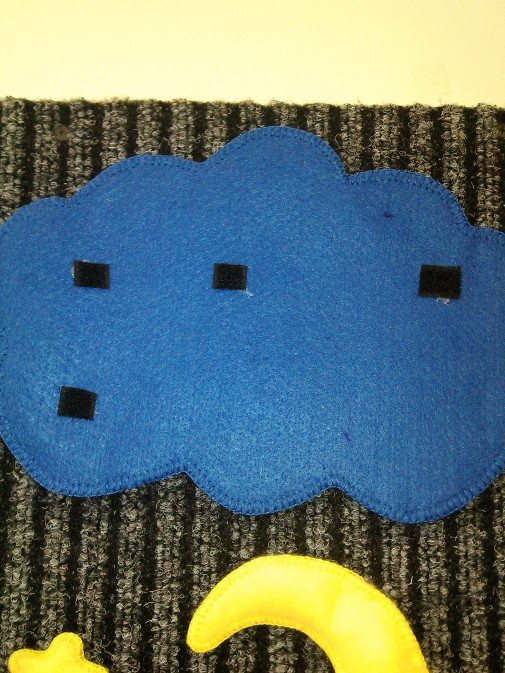
The kids really enjoy playing on the carpet machine, so our group has no problems with the concept of day and night.
Did. game “Parts of the Day” Goal: Consolidate parts of the day with routine moments. drawing up proposals for a series of paintings. vocabulary development. Progress of the game: the speech therapist reads out.
Synopsis of GCD for FEMP in the second junior group “Parts of the day” Purpose: To continue to introduce children to time concepts: morning, afternoon, evening, night. Objectives: 1. Educational: Formation of elementary.
Summary of an open lesson in the middle group on the formation of mathematical concepts. Parts of the day. Summary of a lesson on mathematical development In the middle group of MKDOU No. 2 in the village of Nadvoitsy Educator: Akkuratova N. A. Purpose: To consolidate in children.
Summary of mathematics lessons in the middle group. Topic: “Number and figure 5, number line, parts of the day” Purpose: number and figure 5, counting within five, working with a number line, repeat ordinal and quantitative counting, establish a sequence.
Do-it-yourself visual aid “Parts of the Day” I would like to share with you the idea of making visual material in mathematics on the topic “Parts of the Day”. This material will help children learn faster.
GCD for FEMP in the middle group “Parts of the day” Goal: formation of cognitive activity of children. Objectives: - to give children the idea that morning, afternoon, evening, night make up a day;
Outline of educational activities in the second junior group of FEMP “Parts of the Day” Integration of educational areas: cognitive development, speech development, social and communicative development, artistic and aesthetic.
Lesson on the formation of a holistic picture of the world “Parts of the day” Topic: “Parts of the day” Goal: Consolidation of knowledge about the parts of the day. Objectives: - Educational: 1. Consolidation of knowledge about the parts of the day and their signs.
Mathematics lesson “Counting, parts of the day, orientation in space” (senior group) Goal: consolidate the number 1, count within three, count with the right hand with the index finger from left to right, and eventually agree on the numeral.
Lesson No. 5 in mathematics, middle group “Counting, comparing sets, Parts of the day” Goal: count within three, name the numerals in order, correlate the last numerals with the whole group, count and sort.
Category: Clocks and time - online games and exercise machines
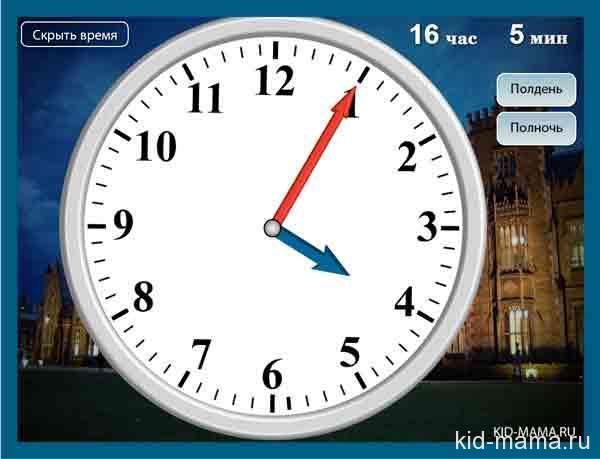
Interactive clock with moving hands. The arrows are connected to each other. The simulator will help you learn the time on the clock.
Read more
A simulator that ends the series of educational games in the “Time” section. You will need to move the clock hands with the mouse to the specified time. You can see the correct answer if there is an error. 30 tasks of our online game will help to perfectly reinforce the topic “Time on the clock”
Read more
Interactive teaching aid - a game in which we will teach the minutes and hours of the afternoon. The game has 2 sections - minutes and hours, each of which has a study mode and 2 tests.
Read more
We learn time on an electronic clock and a clock with a dial at the same time. Set the time on the electronic clock and click the “Show” button. This manual can also be used for self-testing.
Read more
Interactive manual - game. Move the hour hand and you will see the time of day change: morning, afternoon, evening, night.
Read more
Learn time with our extraordinary clock! You can move the clock hands with the mouse and set your own time. There are hints that you can turn off and use for self-testing.
Read more
Source: https://kid-mama.ru/category/igry-i-trenazhery/chasy-i-vremya/
Free legal assistance
Consultation for parents “Games with children at home (Parts of the day)”
Games with children at home “Parts of the day”. Didactic manual “Who lives in the house?”
Goal: To train children in the ability to distinguish between parts of the day; expand knowledge about people’s actions in different parts of the day; develop imagination, create an image based on visual and auditory perception. Materials and equipment: Manufactured cardboard houses; plot drawings depicting children’s actions in different parts of the day. Options for tasks and types of activities.
1.Task: Each child receives a picture depicting the actions of people (children) in different parts of the day. The child needs to name these actions and put the picture under the corresponding house. 2. Low mobility game “What does the sun do at different parts of the day?” I.P.
— The children sat down in a circle; The sun rises - morning comes 1 - the children get up; The sun is above - day outside - 2 hands up; The sun sets - evening comes 3-sit down; The sun is sleeping - night comes 4 - the children lie down on the rugs.


